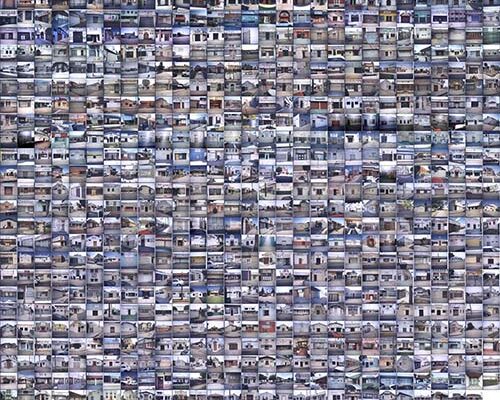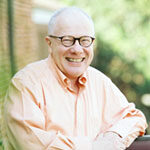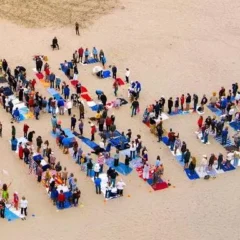I was an undergraduate at Columbia College where the Great Books were built into the freshman curriculum. My doctorate is in experimental particle physics. I now teach city planning and public policy. What I keep discovering is that notions from the realm of the sacred and religion provide powerful models for thinking about everyday profane situations.
Anthropologists decode the structure of a society in part by kinship rules, rules which specify who can marry whom and as well forbidden pairings or taboo. When I examined the rules particle physicists and chemists have developed for understanding basic reactions, it turned out they had a simple and direct analogy—marriage corresponded to interaction, taboo to forbidden interactions. Two features are common: plentitude, whatever is allowed to happen will happen as often as possible, and nondegeneracy, labels are unique.
In trying to understand decision-making when thinking about big projects, such as transit systems, urban developments, and roads and tunnels, it usually/often turns out that the cost-benefit analysis suggests that these projects do not pay for themselves. Rather than thinking of politicians as monument builders, I have come to think of them as “conversionary” figures. The model is Augustine (of the Confessions, 400 CE), eventually the Bishop of Hippo in North Africa. His conversion to Christianity from a pagan life would seem to have been triggered by hearing a child say, Take It and Read (Tolle Lege, in Latin), opening up a Bible, pointing randomly to a passage, and seeing the light, much as Paul fell off that ass. Afterward, his pagan life seems to him an error, yet a preparation for making his big decision, and he sees the new life in terms of transformed values. So, once we do have such a transit system, we might never imagine being without it, and realize that the costs of construction were in effect a sacrifice to the future.
In other work, I have found that notions of forgiveness are effective ways of understanding mistake or error and then moving forward.
In my fields we often are concerned with social movements that transform a society. Their leaders would seem to be unreasonably hopeful, their major problem being to get their followers to move as a group. But this was exactly the problem faced by Moses in forming the Israelites in Egypt and getting them to move. Martin Luther King, Jr. had the Exodus story in mind and in his speeches for his own actions.
When I would drive to USC from my home I would pass by storefront churches. But I did not take notice of them. But one day it finally struck me that there were so many storefront churches along the way. And once I started noticing, I could not help but running into many storefront houses of worship (not all churches) along many of the main streets of Los Angeles. Often there were several quite nearby each other. I spent more than a year photographing the facades of about 800 churches, attending some worship services and recording them, and subsequently learning about Pentecostal theology. Los Angeles is the Jerusalem of Pentecostalism, the Azusa Street Revival of the first decade of the 20th century being the cruxal moment. It turns out that these storefront houses of worship are significant of the migrations to Los Angeles from other places, racial relations, and urban transformation from a streetcar to an automobile society.
Click here to see Prof. Krieger’s map of Storefront Churches in Los Angeles.
In my books Advice and Planning, Entrepreneurial Vocations, Doing Physics, and Urban Tomographies, I have developed these ideas, ideas from the religion and the sacred powerful for understanding the everyday profane world.
Martin Krieger is a guest contributor with the USC Center for Religion and Civic Culture.







